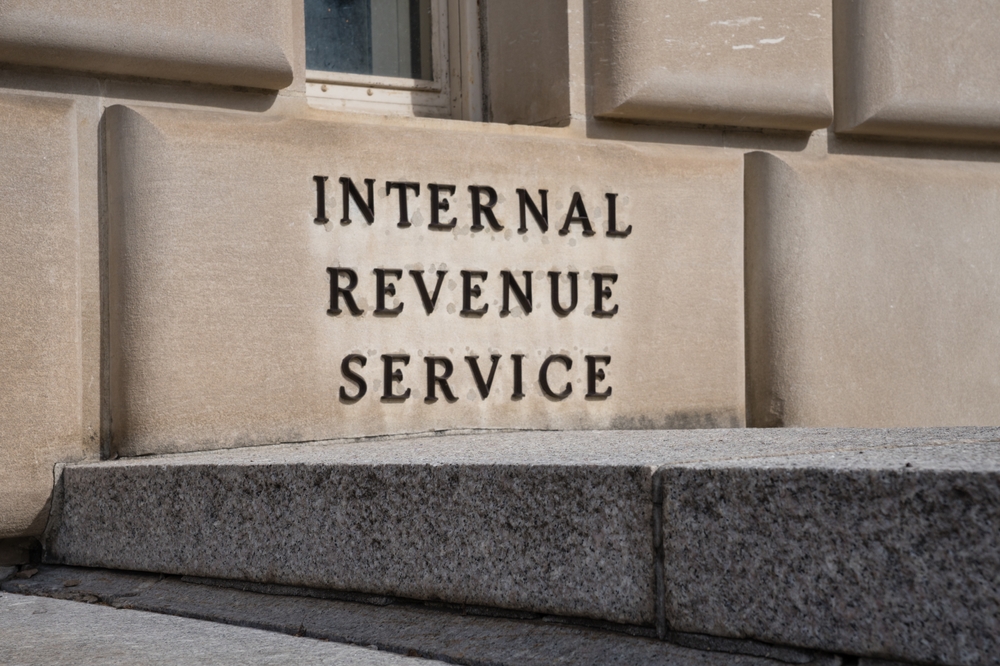Charities got a rare dose of good news from Congress: starting in 2026, everyday taxpayers, not just the wealthiest among us, will once again be able to deduct charitable contributions without having to itemize. Tucked into the so-called “Big Beautiful Bill” (BBB), Section 70424 reinstates an above-the-line charitable deduction: $1,000 for individuals, $2,000 for couples.
Sounds like a win, right? Not so fast.
The charitable sector is holding its applause. While restoring some tax incentive for middle-income donors is a welcome change, other provisions in the BBB may undercut this gain. Two new floors and two new ceilings on charitable deductions have analysts predicting a net drop in giving—by billions.
A Step Toward Fairness for Non-Itemizers
Historically, the charitable deduction has been a benefit reserved for itemizers, which means high earners. That’s never sat well with equity-minded observers who rightly argue that the tax code shouldn’t subsidize only the philanthropy of the wealthy. When average taxpayers can’t deduct donations but billionaires can write off gifts to their alma mater’s rowing team, the playing field isn’t just uneven, it’s tilted.
The above-the-line deduction seeks to level that field. In doing so, it gives a long-overdue nod to grassroots donors who form the financial backbone of many nonprofits.
But Watch Your Step: New Floors for Itemized Deductions May Undermine Giving
Unfortunately, two new floors threaten to suppress rather than stimulate charitable contributions:
- For individuals, Section 70425 sets a 0.5% AGI floor for itemized deductions. That means only charitable gifts above half a percent of a taxpayer’s income count toward the deduction. For many taxpayers, especially those on the margin of itemizing, this creates a perverse incentive to give nothing instead of “just a little.”
- For corporations, Section 70426 denies any deduction for the first 1% of taxable income given to charity. The problem? Most corporate donors give less than that already. In effect, this punishes typical corporate giving rather than encouraging companies to go beyond.
Related Post: What Donors Can and Can’t Ask For
According to an Ernst & Young study, this 1% corporate floor—combined with the new ceiling discussed below, could cost charities between $4 and $5 billion in annual donations.
Ceilings for Itemized Deductions Add Another Layer of Complexity
- For individuals, Section 10111 caps the benefit of itemized deductions at a 35% marginal rate, even if the donor is in the 37% bracket. Translation: wealthy donors will save less in taxes when they give, which may reduce high-dollar gifts.
- For corporations, the 10% ceiling on charitable deductions remains, but now it’s paired with the 1% floor—shrinking the window in which deductions can be claimed. Yes, excess contributions can be carried forward, but most businesses are more likely to reduce giving than track and recoup future benefits.
A Missed Opportunity?
The BBB gives with one hand but takes with the other. The above-the-line deduction is a meaningful step toward democratizing charitable incentives. But the additional restrictions, especially the new floors, may undo the potential gains. Floors are notoriously effective at discouraging smaller donations, which form the lifeblood of many grassroots nonprofits.
Where Do We Go from Here?
Charities and their allies should celebrate the return of the above-the-line deduction, while pushing Congress to reconsider the poorly timed restrictions that threaten to undermine it. As always, the sector will adapt, but with philanthropy already under pressure from inflation, donor fatigue, and political uncertainty, nonprofits can’t afford another hit to the bottom line.
Ellis Carter is a nonprofit lawyer with Caritas Law Group, P.C. licensed to practice in Washington and Arizona. Ellis advises nonprofit and socially responsible businesses on federal tax and fundraising regulations nationwide. Ellis also advises donors concerning major gifts. To schedule a consultation with Ellis, call 602-456-0071 or email us through our contact form.


1 thought on “New Charitable Deduction Rules”
There really was no good reason to change the itemizing portion. Saving taxes with charitable intent starts with charitable intent. It’s rare that an individual can actually save money by giving to charity as opposed to simply paying taxes. If someone is choosing to give more money to charity in lieu of paying less in taxes (which hopefully would go back to the public anyway) then that should be celebrated. Yet another policy that is about the cruelty of the administration.